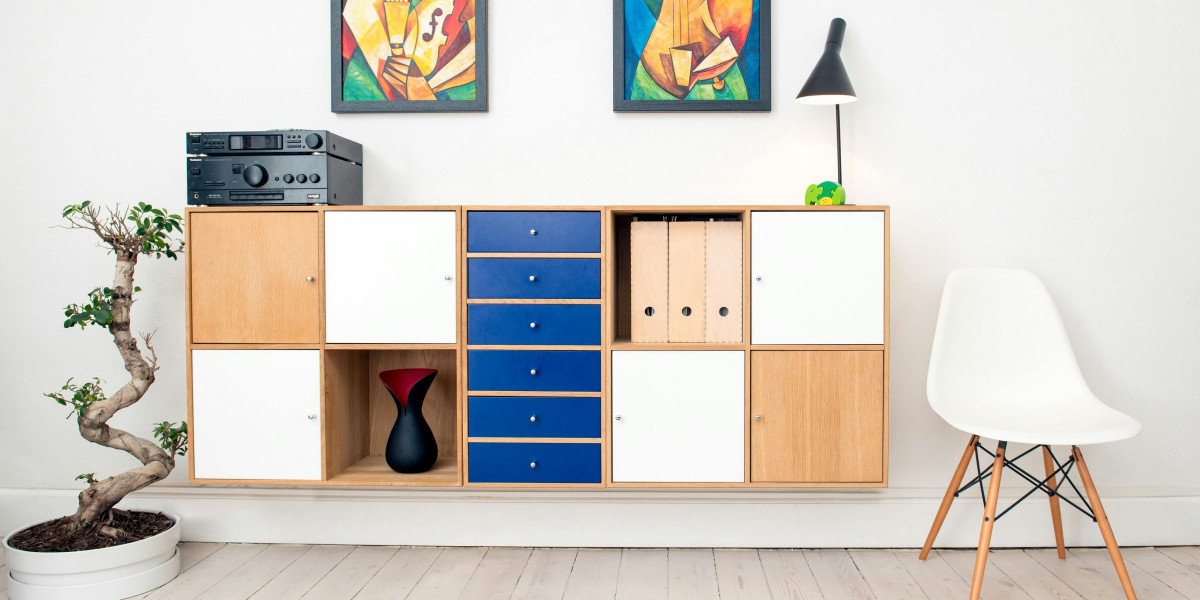Staging your home effectively is a crucial step in the selling process, as it enhances the property's appeal to potential buyers and can lead to a quicker sale at a higher price. By thoughtfully arranging your space, you allow buyers to envision themselves living in the home, which is a powerful motivator in the decision-making process. This comprehensive guide will walk you through the essential steps to stage your home successfully, utilizing your existing resources and budget-friendly strategies.
1. Evaluate Your Space
Begin by taking a critical look at your home from a buyer's perspective. Identify areas that need attention, such as cluttered rooms, outdated decor, or minor repairs. Creating a checklist can help you systematically address each issue. Remember, the goal is to highlight your home's strengths while minimizing any weaknesses.
2. Set a Budget
Determine how much you're willing to invest in the staging process. Even with a modest budget, impactful changes can be made. Allocate funds for essential tasks like cleaning supplies, paint, or minor repairs. If your budget allows, consider professional services for deep cleaning or landscaping to enhance curb appeal.
3. Declutter and Depersonalize
A clutter-free home appears more spacious and inviting. Remove personal items such as family photos, collectibles, and excess decor. This helps potential buyers imagine their own belongings in the space. Organize closets and storage areas, as buyers often inspect these spaces to assess storage capacity.
4. Deep Clean Every Surface
A spotless home conveys that it has been well-maintained. Clean all areas thoroughly, including windows, floors, carpets, and appliances. Pay special attention to kitchens and bathrooms, as these areas are scrutinized by buyers. Consider hiring professionals for tasks like carpet cleaning or window washing if needed.
5. Enhance Curb Appeal
First impressions are vital. Ensure your home's exterior is inviting by mowing the lawn, trimming bushes, and adding fresh mulch to garden beds. A freshly painted front door and updated hardware can make a significant difference. Ensure the driveway and walkways are clean and in good repair.
6. Neutralize Color Schemes
Opt for neutral colors on walls and floors to appeal to a broader audience. Neutral tones create a blank canvas, allowing buyers to envision their own style in the space. If repainting is necessary, choose light shades of beige, gray, or white to brighten rooms and make them appear larger.
7. Rearrange and Utilize Existing Furniture
Arrange furniture to create an open and flowing layout. Remove any oversized or unnecessary pieces that make rooms feel cramped. Use existing furniture to define spaces; for example, place a table and chairs to showcase a dining area or arrange seating to highlight a cozy living room.
8. Accessorize Thoughtfully
Add tasteful accessories to enhance the home's appeal. Fresh flowers, strategically placed mirrors, and tasteful artwork can add warmth and character. Ensure accessories complement the home's style without overwhelming the space.
9. Illuminate the Space
Maximize natural light by opening curtains and blinds during showings. Ensure all light fixtures are functional and consider updating outdated fixtures. Use lamps to brighten dark corners and create a warm ambiance.
10. Address Minor Repairs
Fix leaky faucets, squeaky doors, or any other minor issues that could detract from the home's appeal. These small repairs can significantly impact a buyer's perception of the property's condition.
11. Stage Key Rooms
Focus your efforts on staging the most important rooms: the living room, kitchen, master bedroom, and bathrooms. These areas have the most influence on buyers' decisions. Ensure each is presented in the best possible light, highlighting functionality and comfort.
12. Create Inviting Outdoor Spaces
If your home has a patio, deck, or garden, stage these areas to showcase their potential. Arrange outdoor furniture to suggest a space for entertaining or relaxation. Ensure these areas are clean and well-maintained.
13. Utilize Online Resources
In today's digital age, many buyers begin their home search online. High-quality photographs are essential. Consider hiring a professional photographer or use a high-resolution camera to capture well-lit, appealing images of your staged home. Additionally, explore sell your own home websites to list your property, reaching a broad audience without the need for a real estate agent. Platforms like Zillow, ForSaleByOwner.com, and Homepie.com offer services to help you market your home effectively.
14. Highlight Energy Efficiency
Incorporate elements that showcase the home's energy efficiency, such as programmable thermostats or energy-efficient lighting. These features can be attractive selling points for environmentally conscious buyers.
15. Gather Feedback and Adjust
After initial showings, gather feedback from potential buyers or real estate professionals. Use this information to make necessary adjustments to your staging strategy. Being flexible and responsive can enhance your home's appeal and lead to a successful sale.
By following these steps, you can stage your home effectively, making it more attractive to potential buyers. Remember, the goal is to create a space where buyers can see themselves living comfortably. With careful planning and attention to detail, you can achieve a successful sale.






